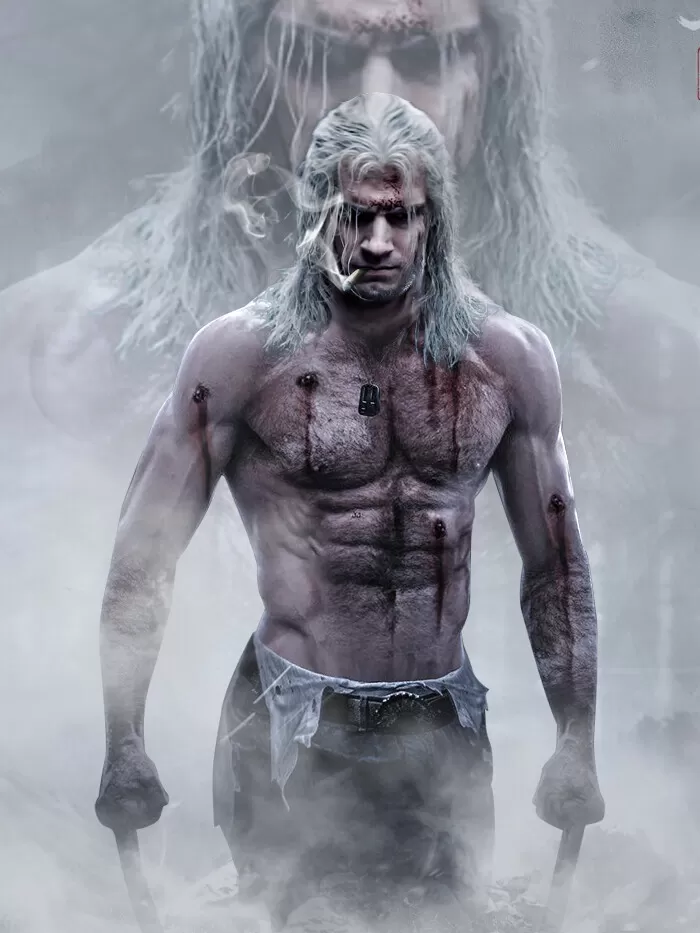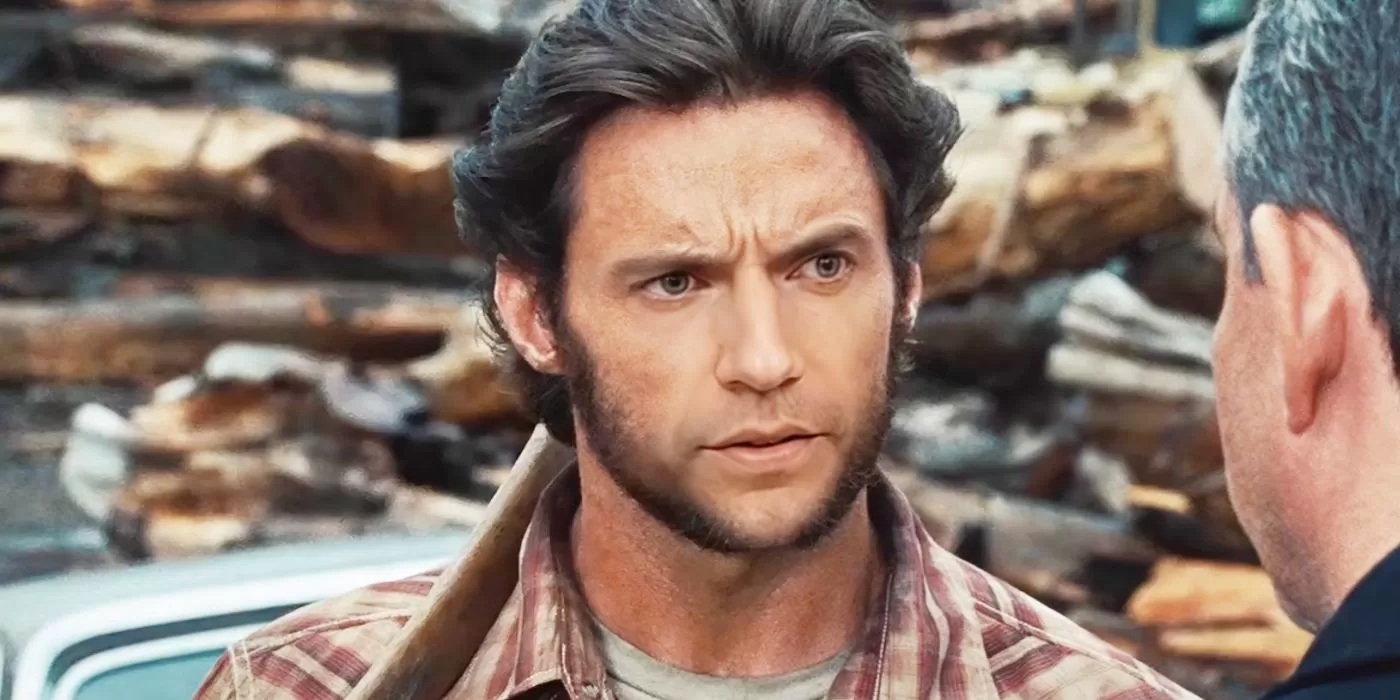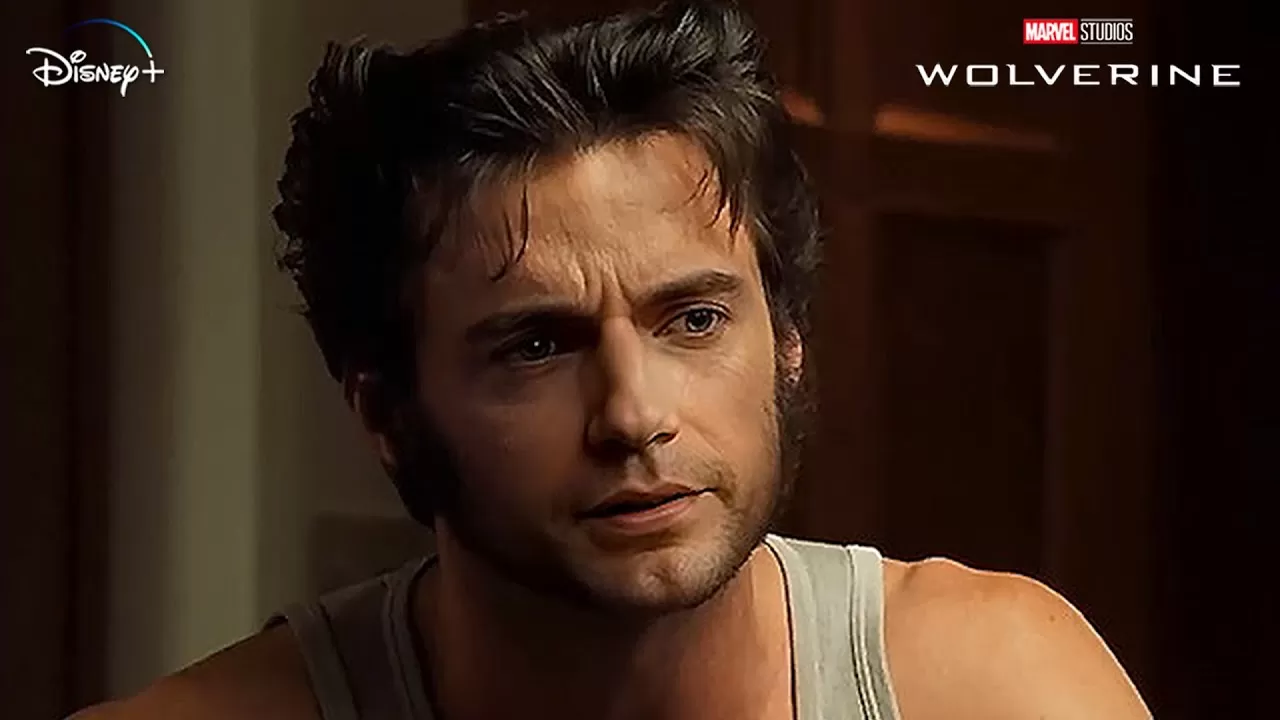The Marvel Cinematic Universe has mastered the art of reinvention, particularly with its handling of Wolverine, a character now portrayed by both Hugh Jackman and Henry Cavill in distinct yet thrilling ways. Jackman’s 25-year run as Logan, spanning from 2000’s X-Men to 2024’s Deadpool & Wolverine, has cemented him as the definitive Wolverine, blending raw intensity with emotional depth. Meanwhile, Cavill’s electrifying cameo as a Wolverine variant—the “Cavillrine”—in Deadpool & Wolverine introduced a fresh take, sparking speculation about his future in the MCU. This dual casting, enabled by the multiverse, has fans buzzing, but it raises a curious question: why hasn’t DC adopted a similar approach with Superman, a character who could benefit from such bold experimentation?

Marvel’s multiverse framework allows for seamless coexistence of multiple versions of the same character. Jackman’s Wolverine, rooted in Fox’s X-Men universe (Earth-10005), returned in Deadpool & Wolverine as a variant, not the Logan who died in 2017’s Logan. His performance, paired with Ryan Reynolds’ Deadpool, grossed over $1.3 billion worldwide, proving his enduring appeal. Cavill’s Wolverine, though brief, was a revelation—gruff, muscular, and dripping with attitude, he embodied a Logan that could thrive in a new context. The multiverse lets Marvel play with these variations without overwriting Jackman’s legacy, offering fans the best of both worlds. Rumors persist that Cavill could anchor a Wolverine in a standalone MCU universe, perhaps in a gritty Weapon X story, while Jackman is expected to appear in Avengers: Doomsday in 2026, keeping both actors relevant.

DC, by contrast, has taken a more rigid approach with Superman. Henry Cavill’s tenure as the Man of Steel, from 2013’s Man of Steel to his 2022 cameo in Black Adam, was marked by a polarizing vision under Zack Snyder. His Superman, brooding and conflicted, divided fans, and DC’s decision to reboot with David Corenswet in James Gunn’s 2025 Superman film suggests a clean break rather than an expansion. Unlike Marvel’s embrace of variants, DC has avoided exploring multiple Supermen simultaneously. The multiverse exists in DC—seen in The Flash with Michael Keaton and George Clooney’s Batman variants—but Superman remains oddly singular. Even in The Flash, Nicolas Cage’s cameo as a Superman variant was a fleeting nod, not a serious exploration.

The reasons behind DC’s restraint are multifaceted. Superman, as a cultural icon, carries a weight of expectation that Wolverine, a more malleable antihero, does not. DC may fear that multiple Supermen could dilute the character’s mythic status, especially after the DCEU’s uneven reception. Cavill’s exit was contentious, with fans still clamoring for his return, yet DC has doubled down on Corenswet’s younger, optimistic Clark Kent, set to debut in July 2025. This reboot aims to establish a cohesive DCU, but it ignores the potential of a multiverse-driven approach. Imagine Cavill’s stoic Superman facing off against Corenswet’s hopeful one, or even a cameo from Brandon Routh’s Superman Returns version, exploring different facets of the character’s morality and legacy.

Marvel’s success with Wolverine stems from its willingness to take risks. Jackman and Cavill’s portrayals complement each other—Jackman’s is steeped in nostalgia, while Cavill’s hints at untapped potential. The MCU’s multiverse, a narrative engine since Spider-Man: No Way Home, thrives on such experimentation, allowing characters to evolve without erasing their past. DC’s multiverse, while present in comics and animated films like Crisis on Infinite Earths, feels underutilized in live-action. The Justice League Snyder Cut teased a darker Superman, but DC hasn’t capitalized on that intrigue, opting instead for a linear path forward.

The contrast highlights a broader philosophical difference. Marvel embraces chaos, weaving fan-service cameos and variant characters into its tapestry, as seen in Deadpool & Wolverine’s parade of mutants. DC, under Gunn’s leadership, seems focused on building a unified universe, prioritizing consistency over experimentation. While this may yield a streamlined Superman narrative, it misses the opportunity to explore the character’s versatility. Superman’s core—hope, strength, sacrifice—could shine through multiple lenses, much like Wolverine’s rage and redemption do through Jackman and Cavill.

As Marvel gears up for Avengers: Doomsday and Secret Wars, its dual Wolverines underscore a creative flexibility DC could learn from. Superman deserves the same freedom to soar across realities, letting actors like Cavill and Corenswet coexist. Until DC embraces this, fans will wonder why Marvel’s mutants get to play in the multiverse while the Man of Steel stays grounded in a single vision.